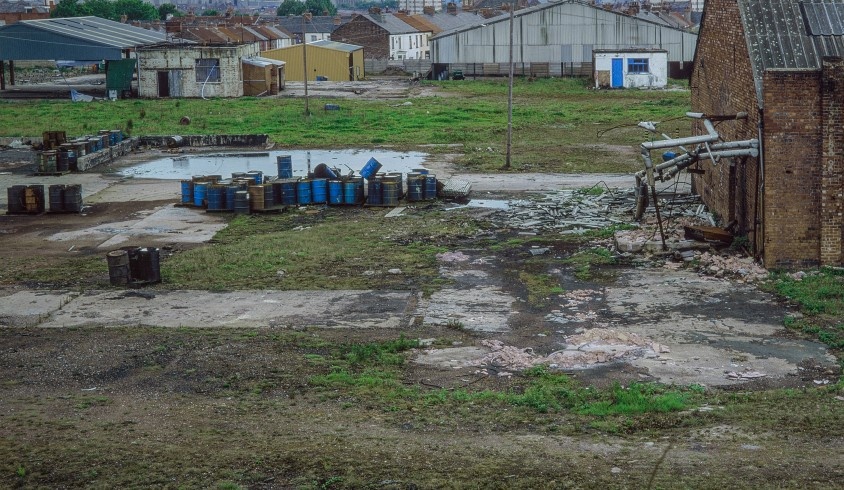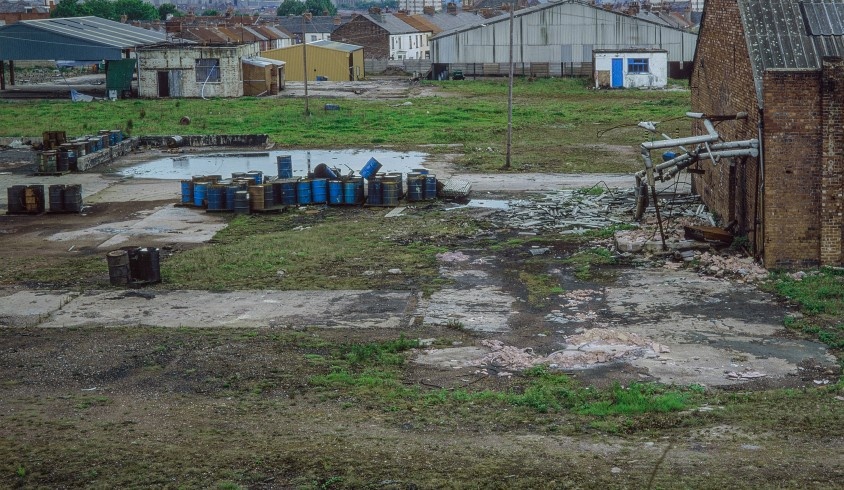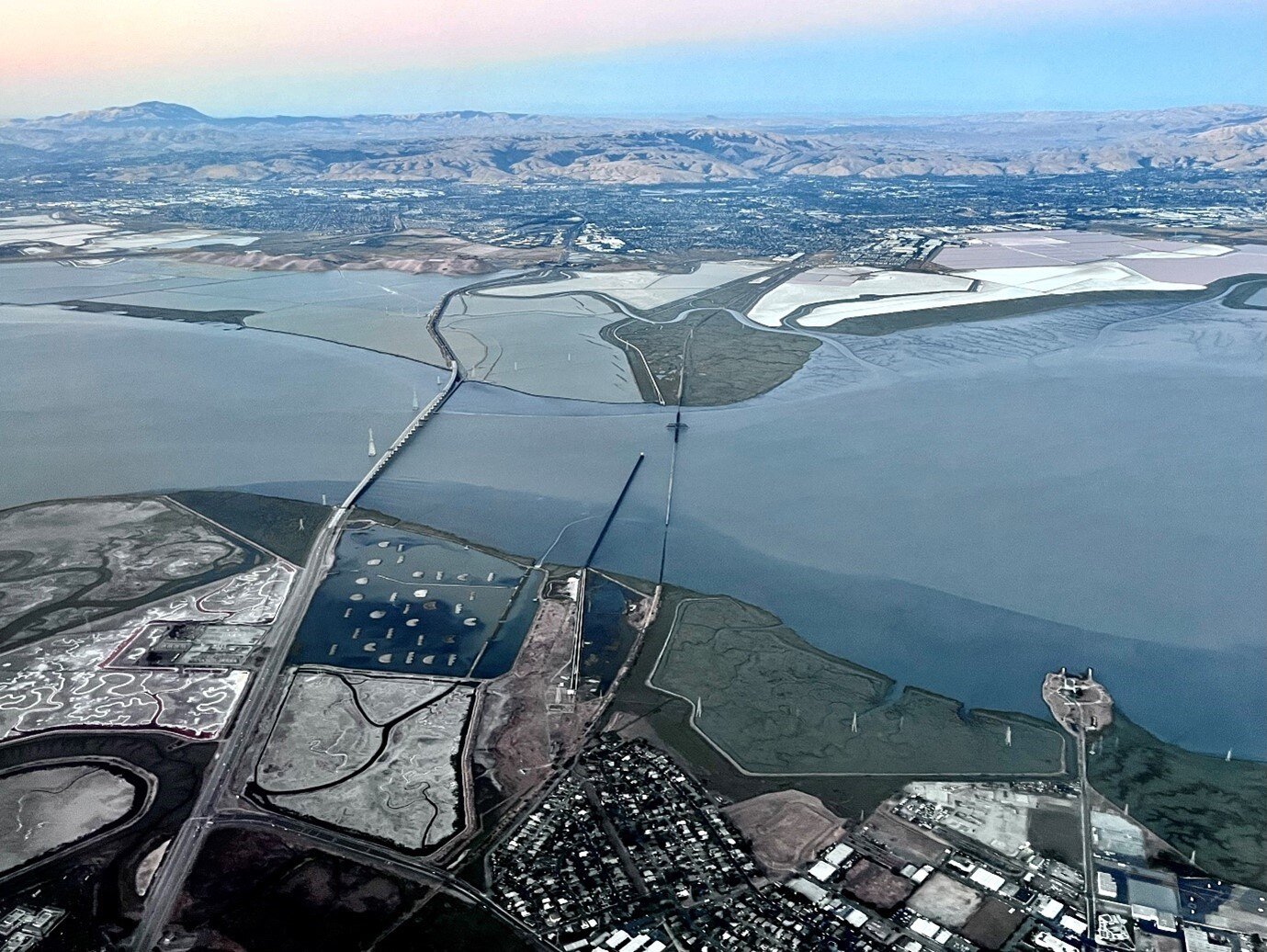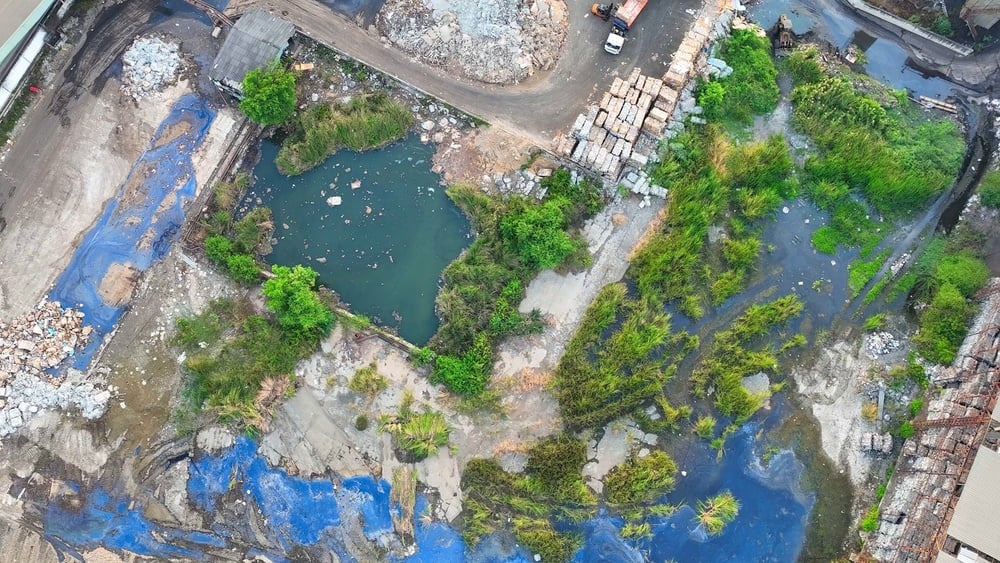As discussed here previously on August 13, 2018, EPA recently released a policy memo approving the use of a number of advanced monitoring technologies to solve the dilemma of long-term stewardship for closed RCRA and CERCLA sites where some contamination has been allowed to remain in place.[1] These technologies first became available starting in the early 2000s, when private technology and consulting companies began putting together an array of tools and services that can help ensure institutional controls (ICs) and engineering controls (ECs) are monitored and maintained, and any breaches are promptly discovered and reported, as required in EPA and state closure certifications. These technologies, which are discussed in detail in EPA’s memo, include:
- Land Activity Monitoring (using Web-based tools to monitor changes in the use of the property that might implicate the ICs and ECs; e.g., land sales, building and excavation permits, sensitive new uses such as schools and child care, etc.)
- One-Call Excavation Monitoring (screening excavation activities by monitoring “call-before-you-dig” hotline systems traditionally used to protect underground utilities)
- Land Use and Building Permit Monitoring (using Geographic Information System (GIS) mapping to flag sites in the governmental permitting process)
- GIS Mapping and Database Approaches (broader use of GIS to flag and monitor site boundaries and link to databases of information on sites with ICs and ECs)[2]
- Vapor Intrusion (VI) System Remote Monitoring (automatically detecting when a VI abatement system that protects building occupants fails to function)
- Change Detection Monitoring (electronically comparing aerial and satellite photographs to identify changes to the property over time, which is especially useful for large or remote sites that are difficult to physically inspect)
- Use of IC Implementation and Assurance Plans (formally including the above types of advanced monitoring technologies in a closure plan, along with who will be responsible for using them)[3]

The significance of EPA’s new policy memo is that the agency has now officially sanctioned and encouraged the use of these types of technologies to satisfy the long-term post-closure stewardship requirements of RCRA and CERCLA, “layering” them with existing measures such as recorded notices of contamination, etc. This national stamp of approval means that state-led voluntary cleanup programs may also begin considering the use of these monitoring technologies to enforce the ICs and ECs appearing in No Further Action letters they issue to landowners. And, in the memo, EPA gives detailed examples where EPA regions, states, responsible parties and others have used these technologies successfully. Much like an automated burglar- and fire-alarm system with a central monitoring office, the advanced long-term stewardship technologies EPA now appears officially to have blessed may help site owners and the public at large rest easy knowing that sites remain safely and securely closed.
[1] Advanced Monitoring Technologies and Approaches to Support Long-Term Stewardship (Memo dated July 20, 2018, from Director of EPA Office of Site Remediation Enforcement to the EPA Regional Superfund Program Managers, RCRA Directors and Regional Counsels). https://www.epa.gov/sites/production/files/2018-07/documents/adv-mon-lts-mem-final-2018.pdf
[2] Among other uses of GIS, the EPA memo notes that EPA Region 7 has created a Corrective Action Long-Term Stewardship Database that acts as a one-stop management tool to automate the monitoring process and provide “tickler” notifications to its users. Memo at p. 6.
[3] EPA actually began implementing this approach in an internal guidance issued in 2012; the results of that program in part appear to have motivated EPA to issue the current policy memorandum. See Memo at p. 8.




